
1. Introduction

Figure 1. Schematic diagram of the structure of the symmetrical double-pass AAO template (porous nanotemplate).
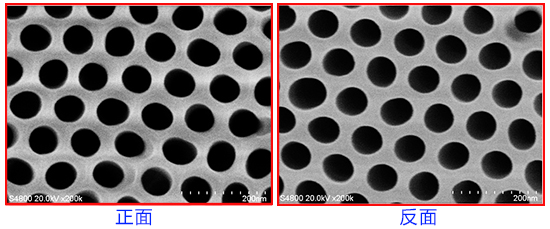
Figure 2. An SEM diagram of a typical symmetrical two-way AAO template with front and back faces.
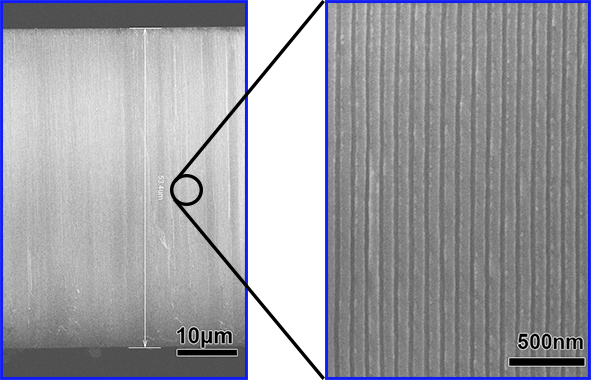
Figure 3. A typical symmetrical two-way AAO template cross-sectional SEM diagram.
Symmetrical double-pass AAO (Anodic Aluminum Oxide) nano template, is prepared from single-pass AAO template, when the AAO thickness is less than 1 μm called ultra-thin AAO template, additional support is required, and when the membrane thickness is tens of microns, so it can be independent self-support, and has a certain strength and elasticity, can be used as a filter membrane. The pore arrangement on the front and back sides of the membrane is short-range and highly ordered (as shown in Figure 2), the pore size is uniform, the pore size is adjustable from tens to hundreds of nanometers, and the internal pore channels are straight parallel and do not cross (as shown in Figure 3). In addition to its use as a filter membrane, it can also be used as a template to prepare one-dimensional nanomaterials.
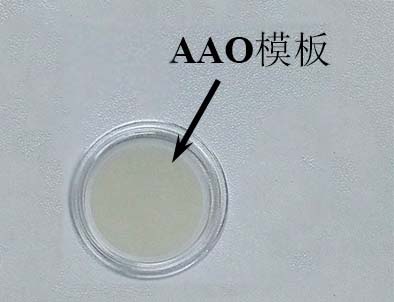
Figure 4. A physical drawing of a typical product.
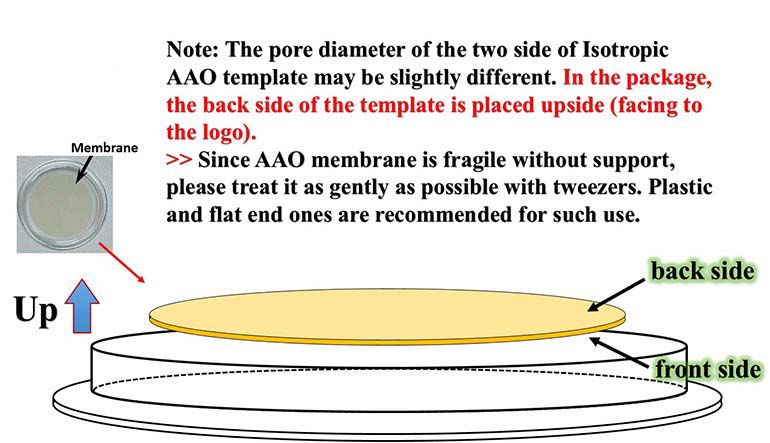
Figure 5. Schematic diagram of the placement of the product,The reverse side of the inner film of the box is placed upwards.
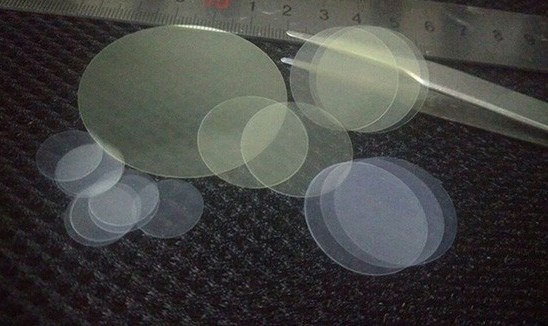
Figure 6. AAO templates in different sizes
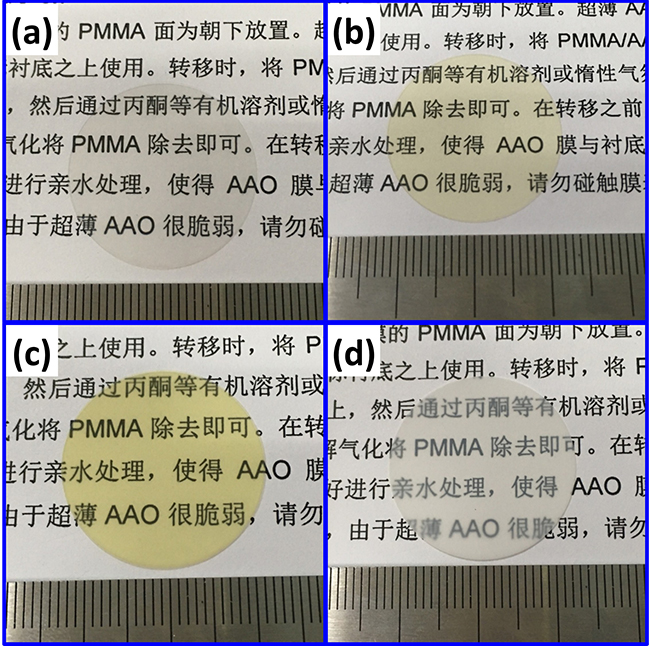
Figure 7. Dual-pass AAO template for close-range light transmission. The hole center spacing was (a) 65nm, (b)100nm, (c)125nm, (d)450nm, respectively.
Note: Although AAO looks transparent in the photo, this is because it is close to the paper, in fact, it is translucent, if it is far from the paper, the words cannot be seen, and the root cause is the scattering of internal light caused by the porous structure of AAO.
Symmetrical two-way AAO templates have front and back sides, and sometimes the front aperture is slightly different from the reverse aperture. The product packaging box is affixed with the company logo for the lid, and the film is facing upwards when packing. The film can be observed under light, and by observing the specular reflection of the film, it can be found that the front side of the AAO film is smoother and duller than the reverse side, and sometimes there are tiny bumps on the reverse side. Since the film is relatively brittle, it should be handled gently when clamped with tweezers, and flat-mouth tweezers should be used.
The symmetrical double-pass AAO template can be slowly removed by 5wt% phosphoric acid (30 °C for hole center spacing 65nm, 100nm, 125nm, 40°C for pore center spacing 450nm), or 5~10% NaOH for rapid removal. The former corrosion rate is controllable, the latter is uncontrollable. Templates can be used to characterize membranes using SEM or AFM. Since the dual-pass AAO template itself is not conductive, please spray gold or carbon during SEM testing. When observing the cross-section, the membrane can be gently broken to form a fresh section, and the cross-section can be characterized.
Dual-way AAO will bend at high temperature, the higher the temperature, the greater the bend, it is recommended that the heating temperature should not exceed five or six hundred degrees.
In addition to its use as an inorganic filter membrane in filtration, it can also be used as a nanotemplate to prepare one-dimensional nanomaterials using methods such as electrochemical deposition.
Tips: AAO template is prepared by bottom-up method, which belongs to a self-organizing structure, so its pore size has a certain distribution range, not a single value, especially the template with a pore spacing of 450nm is slightly more uniform. The holes are arranged in short-range orders (micron range), and each ordered region can be called a "chip", and the shape of the hole at the chip boundary may not be exactly circular. Ultrafilms have a wider pore size distribution than double-pass thick films and single-pass films. If you have very high requirements for the uniformity of pore size of porous membranes and very high requirements for the roundness of pores, then AAO is not a good choice.
For the double-way AAO template with a pore spacing of 65nm, 100nm and 125nm, in general, even if the front and back apertures we mark are consistent, the front aperture will always be slightly larger than the reverse aperture (such as 3~10nm), which is normal.
Note: Please be cautious before choosing a dual-pass AAO with a pore size less than 20nm, it is best to contact our technicians. When the pore size is less than 20 nm, the shape of the pore is mostly deviated from the round. When the aperture on the reverse side of the membrane is small, such as 15nm, it is not the diameter of the entire pore of 15nm, but the size of the opening at one end of the pore is about 15nm, because the opening is small, so not all pores can be opened, the smaller the hole, the lower the opening rate.
About debris: Since the double-pass AAO template is laser cutting, the cutting edge will produce alumina chips due to laser bombardment, and sometimes some debris will stick to the surface of the membrane, these chips have a weak adhesion to AAO, as long as they are placed in deionized water and cleaned with a low-power ultrasonic cleaning machine for a few minutes. Therefore, before using double-way AAO, it is best to use deionized water ultrasonic cleaning, with a low-power cleaning machine for two or three minutes, not too long, especially the membrane with a diameter of 13mm, which can remove cutting debris that may adhere to the membrane surface.
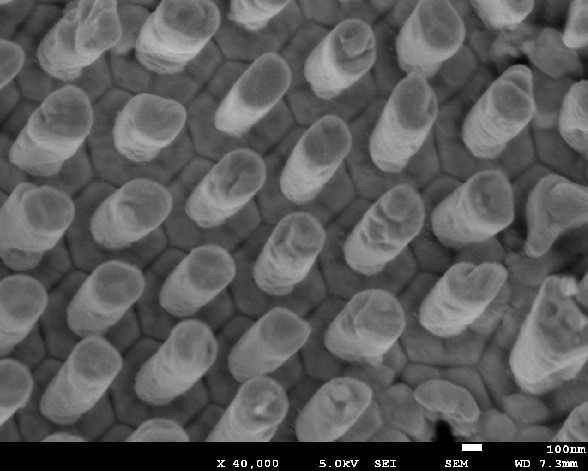
Figure 8. Gold nanopillar arrays obtained by electrochemical deposition using a double-pass AAO template.
About electrochemical deposition: The double-pass AAO template is a suitable template for the preparation of nanowire or nanorod structures by electrochemical deposition. We have successfully developed a special scaffold for dual-pass AAO template electrochemical deposition to make the operation more convenient.
For internaltional orders, please ask us for quotes via
Email: contact@scimaterials.cn
Tel: +86 15375698751
Wechat: SCI-Materials-Hub
Clik here to put quick orders on our Alibaba shop
BDP Dual-pass AAO Nano Template | |||
Product code | Aperture | Price & Specifications | Inventory |
| 31102041 | Up: 170 Down:140 | $53/Φ13mm | Ask for quote |
| 31102042 | Up: 170 Down:170 | $53/Φ13mm; $74/Φ25mm | Ask for quote |
| 31102043 | Up: 200 Down:200 | $53/Φ13mm; $74/Φ25mm | Ask for quote |
| 31102044 | Up: 250 Down:250 | $74/Φ25mm | Ask for quote |
SCI Materials Hub Is Committed to Offering The Best Price & Customer Services! | |||
Worldwide shipping via DHL, SF-Express & other requested carriers.
Payments via Bank Transfer, Paypal, Credit card (via Alibaba), Alipay, Wechat-pay are accepted.
Partial references citing our materials (from Google Scholar)
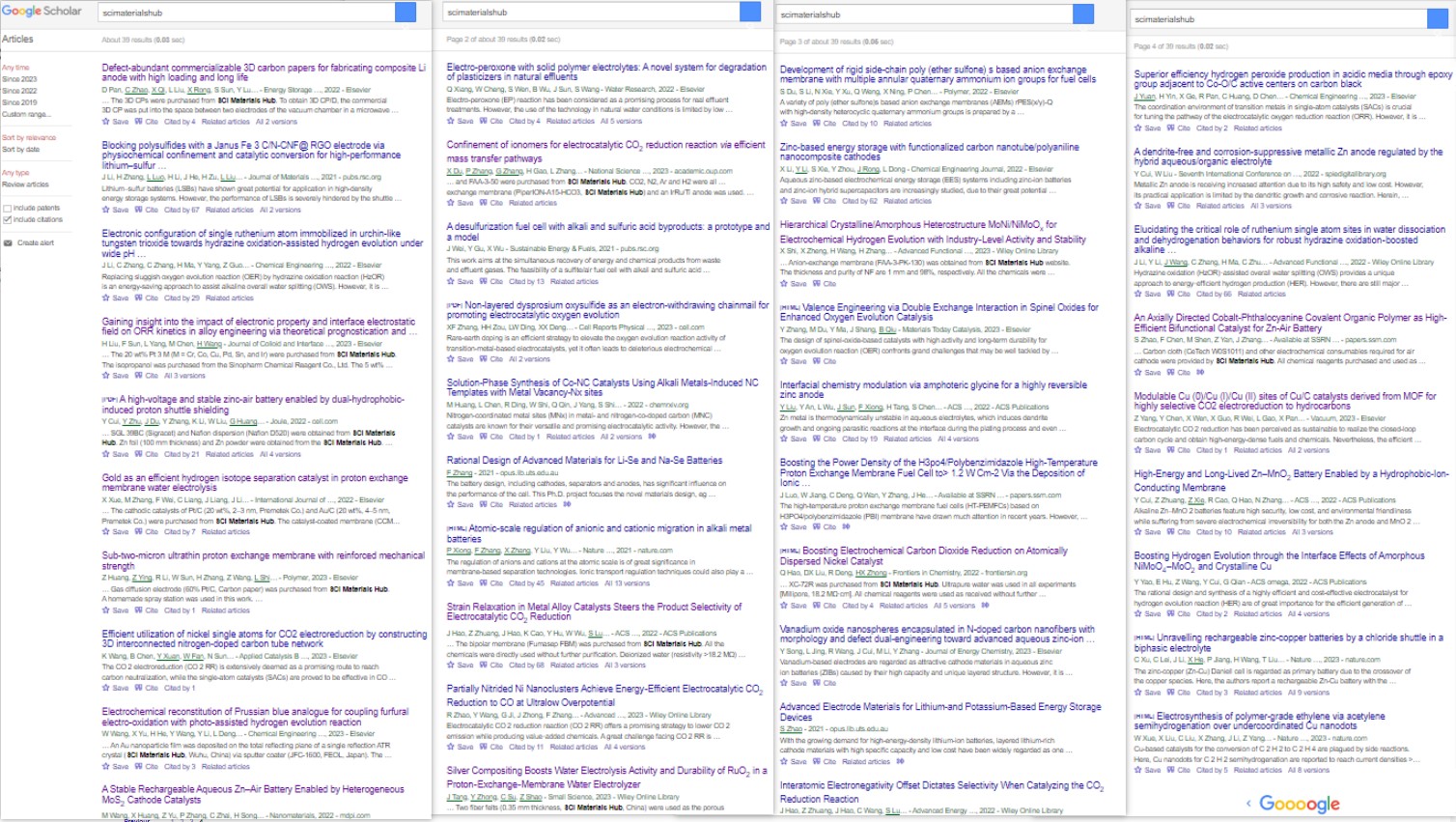
Carbon Dioxide Reduction
1. ACS Nano Strain Relaxation in Metal Alloy Catalysts Steers the Product Selectivity of Electrocatalytic CO2 Reduction
The bipolar membrane (Fumasep FBM) in this paper was purchased from SCI Materials Hub, which was used in rechargeable Zn-CO2 battery tests. The authors reported a strain relaxation strategy to determine lattice strains in bimetal MNi alloys (M = Pd, Ag, and Au) and realized an outstanding CO2-to-CO Faradaic efficiency of 96.6% with outstanding activity and durability toward a Zn-CO2 battery.
2. Front. Chem. Boosting Electrochemical Carbon Dioxide Reduction on Atomically Dispersed Nickel Catalyst
In this paper, Vulcan XC-72R was purchased from SCI Materials Hub. Vulcan XC 72R carbon is the most common catalyst support used in the anode and cathode electrodes of Polymer Electrolyte Membrane Fuel Cells (PEMFC), Direct Methanol Fuel Cells (DMFC), Alkaline Fuel Cells (AFC), Microbial Fuel Cells (MFC), Phosphoric Acid Fuel Cells (PAFC), and many more!
3. Adv. Mater. Partially Nitrided Ni Nanoclusters Achieve Energy-Efficient Electrocatalytic CO2 Reduction to CO at Ultralow Overpotential
An AEM membrane (Sustainion X37-50 Grade RT, purchased from SCI Materials Hub) was activated in 1 M KOH for 24 h, washed with ultra-purity water prior to use.
4. Adv. Funct. Mater. Nanoconfined Molecular Catalysts in Integrated Gas Diffusion Electrodes for High-Current-Density CO2 Electroreduction
In this paper (Supporting Information), an anion exchanged membrane (Fumasep FAB-PK-130 obtained from SCI Materials Hub (www.scimaterials.cn)) was used to separate the catholyte and anolyte chambers.
SCI Materials Hub: we also recommend our Fumasep FAB-PK-75 for the use in a flow cell.
5. Appl. Catal. B Efficient utilization of nickel single atoms for CO2 electroreduction by constructing 3D interconnected nitrogen-doped carbon tube network
In this paper, the Nafion 117 membrane was obtained from SCI Materials Hub.
In this paper, Proton exchange membrane (Nafion 117), Nafion D520, and Toray 060 carbon paper were purchased from SCI Materials Hub.
7. National Science Review Confinement of ionomer for electrocatalytic CO2 reduction reaction via efficient mass transfer pathways
An anion exchange membrane (PiperION-A15-HCO3) was obtained from SCI Materials Hub.
8. Catalysis Communications Facilitating CO2 electroreduction to C2H4 through facile regulating {100} & {111} grain boundary of Cu2O
Carbon paper (TGPH060), membrane solution (Nafion D520), and ionic membrane (Nafion N117) were obtained from Wuhu Eryi Material Technology Co., Ltd (a company under SCI Materials Hub).
Batteries
1. J. Mater. Chem. A Blocking polysulfides with a Janus Fe3C/N-CNF@RGO electrode via physiochemical confinement and catalytic conversion for high-performance lithium–sulfur batteries
Graphene oxide (GO) in this paper was obtained from SCI Materials Hub. The authors introduced a Janus Fe3C/N-CNF@RGO electrode consisting of 1D Fe3C decorated N-doped carbon nanofibers (Fe3C/N-CNFs) side and 2D reduced graphene oxide (RGO) side as the free-standing carrier of Li2S6 catholyte to improve the overall electrochemical performance of Li-S batteries.
This paper used more than 10 kinds of materials from SCI Materials Hub and the authors gave detailed properity comparsion.
The commercial IEMs of Fumasep FAB-PK-130 and Nafion N117 were obtained from SCI Materials Hub.
Gas diffusion layers of GDL340 (CeTech) and SGL39BC (Sigracet) and Nafion dispersion (Nafion D520) were obtained from SCI Materials Hub.
Zn foil (100 mm thickness) and Zn powder were obtained from the SCI Materials Hub.
Commercial 20% Pt/C, 40% Pt/C and IrO2 catalysts were also obtained from SCI Materials Hub.
3. Journal of Energy Chemistry Vanadium oxide nanospheres encapsulated in N-doped carbon nanofibers with morphology and defect dual-engineering toward advanced aqueous zinc-ion batteries
In this paper, carbon cloth (W0S1011) was obtained from SCI Materials Hub. The flexible carbon cloth matrix guaranteed the stabilization of the electrode and improved the conductivity of the cathode.
4. Energy Storage Materials Defect-abundant commercializable 3D carbon papers for fabricating composite Li anode with high loading and long life
The 3D carbon paper (TGPH060 raw paper) were purchased from SCI Materials Hub.
5. Nanomaterials A Stable Rechargeable Aqueous Zn–Air Battery Enabled by Heterogeneous MoS2 Cathode Catalysts
Nafion D520 (5 wt%), and carbon paper (GDL340) were received from SCI-Materials-Hub.
Carbon cloth (W0S1011) and other electrochemical consumables required for air cathode were provided by SCI Materials Hub.
Oxygen Reduction Reaction
1. J. Chem. Eng. Superior Efficiency Hydrogen Peroxide Production in Acidic Media through Epoxy Group Adjacent to Co-O/C Active Centers on Carbon Black
In this paper, Vulcan XC 72 carbon black, ion membrane (Nafion N115, 127 μL), Nafion solution (D520, 5 wt%), and carbon paper (AvCarb GDS 2230 and Spectracarb 2050A-1050) were purchased from SCI Materials Hub.
2. Journal of Colloid and Interface Science Gaining insight into the impact of electronic property and interface electrostatic field on ORR kinetics in alloy engineering via theoretical prognostication and experimental validation
The 20 wt% Pt3M (M = Cr, Co, Cu, Pd, Sn, and Ir) were purchased from SCI Materials Hub. This work places emphasis on the kinetics of the ORR concerning Pt3M (M = Cr, Co, Cu, Pd, Sn, and Ir) catalysts, and integrates theoretical prognostication and experimental validation to illuminate the fundamental principles of alloy engineering.
Water Electrolysis
1. International Journal of Hydrogen Energy Gold as an efficient hydrogen isotope separation catalyst in proton exchange membrane water electrolysis
The cathodic catalysts of Pt/C (20 wt%, 2–3 nm) and Au/C (20 wt%, 4–5 nm) were purchased from SCI Materials Hub.
2. Small Science Silver Compositing Boosts Water Electrolysis Activity and Durability of RuO2 in a Proton-Exchange-Membrane Water Electrolyzer
Two fiber felts (0.35 mm thickness, SCI Materials Hub) were used as the porous transport layers at both the cathode and the anode.
3. Advanced Functional Materials Hierarchical Crystalline/Amorphous Heterostructure MoNi/NiMoOx for Electrochemical Hydrogen Evolution with Industry-Level Activity and Stability
Anion-exchange membrane (FAA-3-PK-130) was obtained from SCI Materials Hub website.
Fuel Cells
1. Polymer Sub-two-micron ultrathin proton exchange membrane with reinforced mechanical strength
Gas diffusion electrode (60% Pt/C, Carbon paper) was purchased from SCI Materials Hub.
Characterization
1. Chemical Engineering Journal Electrochemical reconstitution of Prussian blue analogue for coupling furfural electro-oxidation with photo-assisted hydrogen evolution reaction
An Au nanoparticle film was deposited on the total reflecting plane of a single reflection ATR crystal (SCI Materials Hub, Wuhu, China) via sputter coater.

|
We Provide A Broad Range of Materials, Instruments & Solutions in Advanced Science and Technologies | About Us |



